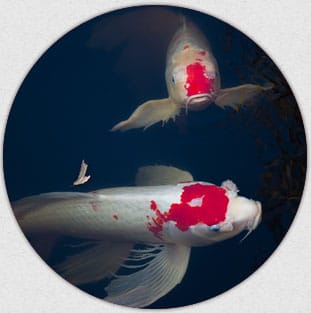Skilled Guidance For Minnesota Animal Property Claims
Although property claims vary when there is a contractual dispute about a pet or companion animal, asserting that an outcome is certain based on property law only is debatable. Now that the barn cats and dogs of the past have become family members, the depiction of an animal as only property reflects an agricultural or commercial perspective rather than a modern perspective where animals also have relational value.
Barbara has reviewed and analyzed hundreds of animal law and pet law decisions and found that there is a broad continuum of decisions and opinions in a vast array of substantive areas of the law, including:
- Bailments, liens and seizures
- Criminal law
- Tort law
- Estate and trust law
Particularly when it comes to the subject of pets and companion animals, a growing number of judges will exercise their discretion to take relational and humane public policy values into account. This is in part because of growing awareness of remarkable animal attributes learned about through science and popularized on television channels, including Animal Planet and The Discovery Channel. If a person bought an animal and got married, and the dog purchaser was then required to leave his residence pursuant to an Order for Protection, the Order for Protection could include the pet. The specter of animal cruelty can be a game changer.
When it comes to property claims, individual judicial officers, as well as municipalities, vary significantly as to whether minimal best interests of a pet or companion animal, subject to an ownership or custody dispute, will be taken into account. The shift in judicial perspective is happening so fast that it is commonplace to read about celebrity pet custody disputes in social media.
Barbara, who has vast experience in both family law and animal law, can help you evaluate the best course of action if you are involved in any type of pet property, ownership, or custody dispute. Not only will Barbara help you strengthen your traditional property or contractual claims, she will also help you shape your position so that the court becomes interested in a cutting-edge legal analysis. She will provide the court with the opportunity to utilize emerging public policy ideals and values so that the best interests and rights of humans and companion animals is a topic worthy of consideration in achieving a just outcome. She serves clients statewide, including in Anoka County, Hennepin County and Ramsey County.
Animals and Property Rights
You hear it everywhere. It might be “animals are property” or “animals are more than property-they are family members.” From a strict constructionist point of view, animals are property. If you analyze decisions made by all types of judicial officers and appellate judges throughout the country, sometimes traditional property evidence is outcome determinative, and sometimes it is not.
Barbara has reviewed and analyzed hundreds of animal law and pet law decisions and found that there is a broad continuum of decisions and opinions in a vast array of substantive areas of the law, including criminal law, tort law, and estate and trust law.
Some are based only on property law issues and others reflect a broader, sometimes intricate, realm of criteria. This is particularly true when courts have more discretion when making pet custody and companion animal ownership awards, as they do in family court. In Minnesota, family courts have considerable discretion.
What Barbara believes is that judicial officers, who have pets and companion animals themselves, often hesitate to make a decision that will cause an animal to suffer. Courts may be indignant when companion animals are beaten, not fed, and not given appropriate veterinary care.
While it might seem as if the law is against you, from a property perspective, Barbara has found that when it comes to pet law, a growing number of judges will utilize common sense when a just claim is before them and will do what is right. For that reason, Barbara is diligent about collecting facts, identifying appropriate evidence, and identifying and growing relationships with distinguished experts.
While it is true that some elements of society do not care about companion animals and regard the subject of animal law, or the concept of animal rights, as frivolous, individuals are often of two minds. If someone mistreats their own pet or companion animal, they might be the first one to advocate that more equitable and just legal principles should apply.
Speaking in general categories, Barbara has observed that what used to be traditional property law disputes about animals are now better understood on a long continuum where pets and companion animals are more in an interim category. On one side, there is traditional property law, as in, “I purchased the dog, so I own him,” and what Barbara would call a family member approach on the other side of the continuum where the animal is held out as a family member. While considering that an individual paid the animal’s purchase price, the court might also consider financial contributions made by the other party, such as for veterinary care or for a farrier, or theorize more in the vein of a legal principle called quantum meruit with regard to the value of daily care.
Barbara may be able to develop a theory of your case that would give courts the opportunity to further develop the common law. After all, the common laws when most Minnesotans lived on farms have changed now that most of the human population lives in more populated areas. Thus, if there was an ownership dispute between two families who owned livestock, the dynamics of their conflict might be quite different than a case involving two co-owners of show cats or a family law custody dispute over a parrot or another long living animal. Give Barbara a chance to help you develop a winning strategy.
Another way that the word “property” comes up in animal law is in the context of a tort claim, which is a type of civil claim that can arise when an animal or human has been hurt or killed.
 Family Law
Family Law Animal Law
Animal Law Intellectual Property
Intellectual Property Public Policy Achievements
Public Policy Achievements Estate Planning
Estate Planning

